Uncle Tom’s grandparents, Thomas Clifton Alban and Elizabeth Gore Tipper created a family of distinguished career soldiers and diplomats, people whose work or inclination took them overseas during the British era of empire-building.
What were their origins? Thomas C Alban was born to a well-educated family. His father, William Yeats Alban, (also spelled at William Yeates and William Yates Alban) was a solicitor with his own practice at Lincoln’s Inn, London. William Y Alban’s estate was at Brixham, Sunningvale Ave, Biggin Hill, Westerham, Surrey, now part of Greater London.
William Y Alban married Anne Benbow in 1819 in St Pancras, Middlesex. They had seven children - three boys and four girls- all born in London. Thomas C Alban was their second son and the fifth-born child. He attended Rugby School.
Two of his brothers matriculated through Oxford, Frederick Alban (1833-1912), the youngest child and William John Alban (1821-1862), the eldest. William J Alban graduated with first class honours and a masters degree in 1846, and became a man of the cloth, the Vicar of Mevagissey, Cornwall.
Frederick Alban joined the British Army serving in the 44th Foot, and in the 8th native Infantry, departing for India in 1849.
Anne Benbow is not recorded in England, Scotland or the Channel Isles in 1861. Perhaps she was overseas visiting her son Thomas C Alban, his wife Elizabeth and their newborn son William G Alban. However she may have already made a home in Guernsey by then, as her grandson Arthur David Alban was born there in 1862 (to Thomas C Alban and Elizabeth G Tipper).
But by 1871 Anne Benbow was living at La Vrangue, St Peter Port, Guernsey, sharing her home with her now widowed daughter-in-law Elizabeth G Tipper and her three sons, as well as her own unmarried adult children - Eliza Dorothy Alban (1826-1903), aged 50, and Frederick Alban, (1833-1912) aged 38, now a retired army officer. Neither Eliza nor Frederick Alban married and so left no recorded Alban descendants.
 |
| La Vrangue, St Peter Port, Guernsey, Channel Islands, visited July 2014 (Image: J Ibrahim) |
The lives of women are always more difficult to trace as they are not as well documented as those Alban men whose careers took them to exotic parts of the world. Sometimes identifying the marriage of a young woman whose father has pre-deceased her is difficult as the family may have had to move to a relative's place. However it looks as though the four daughters of William Y Alban and Anne Benbow left no descendants.
One died in childhood and two died in their thirties, unmarried. Anne Elizabeth Alban (c1823-1856) and Harriet Mary Alban (c1825-1855), never married and died within a year of each other in Honfleur, France. Perhaps after their father died it was not possible for the daughters to “marry well”.
Thomas C Alban and his younger brother Frederick joined the British Army - perhaps the best choice for young men from respectable families whose father was no longer available to support them and guide their careers. Frederick did not marry and had no children, while Thomas C Alban had five children although only three of them survived to adulthood. Of the seven children only Thomas C Alban and his eldest brother William J Alban married and had children.
William Y Alban was the son of Thomas Alban (1757-1835) a clergyman and his wife Dorothy Yeates of Broadward, Leominster, Herefordshire. The Rev Thomas Alban served in Ludlow, Culmington and Snead on the Wales-England border. Nine children were born to them although at least four of them died in infancy. The eldest Richard Stead Alban (1786-1836) was a gentleman while the sixth, another Thomas Alban (1795-1849) attended Oxford University and took over his father's parish as rector of Snead.
These two Reverends Thomas Alban were some of the Welsh-born clergy of the established church descended from Alban Thomas (1685-1742) of Llansantffraid, Cardiganshire and Catherine Evans Lewis. The family is the subject of a study by researcher Sheila Rowlands (Second Stages in Researching Welsh Ancestry, 1999, chapter 3. See cover at right).
William Y Alban was the son of Thomas Alban (1757-1835) a clergyman and his wife Dorothy Yeates of Broadward, Leominster, Herefordshire. The Rev Thomas Alban served in Ludlow, Culmington and Snead on the Wales-England border. Nine children were born to them although at least four of them died in infancy. The eldest Richard Stead Alban (1786-1836) was a gentleman while the sixth, another Thomas Alban (1795-1849) attended Oxford University and took over his father's parish as rector of Snead.
These two Reverends Thomas Alban were some of the Welsh-born clergy of the established church descended from Alban Thomas (1685-1742) of Llansantffraid, Cardiganshire and Catherine Evans Lewis. The family is the subject of a study by researcher Sheila Rowlands (Second Stages in Researching Welsh Ancestry, 1999, chapter 3. See cover at right).
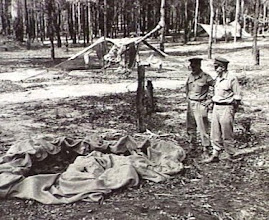
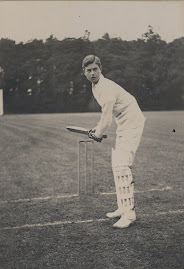
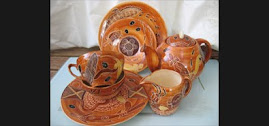
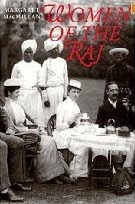
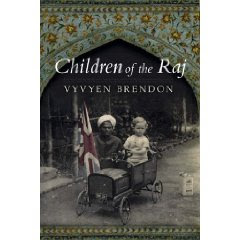


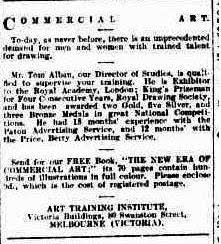

No comments:
Post a Comment